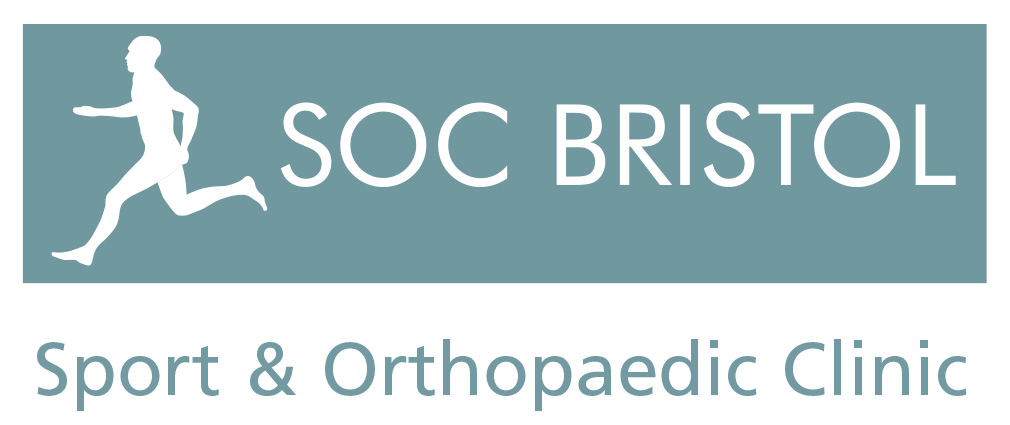Acromio-Clavicular Joint arthritis or degeneration.
Acromial-Clavicular Joint (ACJ) degeneration or arthritis is extremely common. The majority of individuals with degenerate Acromio-Clavicular Joints do not have any symptoms as a consequence. However, the Acromio-Clavicular Joint may become symptomatic at any time. As with arthritis in other joints the Acromi-Clavicular Joint may become symptomatic with increasing age. In addition there is another group who develop a symptomatic Acromio-Clavicular Joint at a relatively young age. These are often young males who participate in sport or weight training. In addition the Acromio-Clavicular Joint may become painful following a direct injury such as a fall on the shoulder or an indirect injury such as from a seat belt following a motor vehicle collision.
Signs and symptoms:
The pain is typically felt over the top of the shoulder in the region of the Acromio-Clavicular Joint. Occasionally the pain may be more diffuse and difficult to localise with a general discomfort felt throughout the arm. The pain is typically worse when lying on the shoulder at night and may cause one to wake and roll over. The pain is also typically worse on reaching high up and across the body. In the gym it is often most uncomfortable on a vertical or bench press. The joint is often tender to touch.
There may also be additional symptoms of rotator cuff impingement.
Diagnosis and Investigations:
The diagnosis may be made on the basis of the description of events and symptoms history and examination.
Plain radiographs are taken to exclude additional pathology. The presence or severity of Acromio-Clavicular Joint pathology often does not correlate well with the degree of symptoms from the joint.
An injection of Steroid and Local Anaesthetic to the Joint may be used to clarify the diagnosis and offer symptomatic relief.
Additional imaging in the form of an MRI (Magnetic Resonance Imaging) or CT (Computerised Tomography) may be used to identify additional pathology.
It is common for Acromio-Clavicular joint arthritis or degeneration to be noted on imaging such as plain radiographs (X-Rays) and MRI (Magnetic Resonance Imaging) or CT (Computerised Tomography) scans. In this situation it is frequently not the Acromio-Clavicular Joint that is the cause of symptoms or the reason for the investigation.
Treatment:
Avoidance of exacerbating activities.
In the first instance activities that exacerbate symptoms, should be avoided. This typically includes repetitive overhead activities and sports including freestyle swimming etc..
Anti-inflammatory medication.
Anti-inflammatories (eg: Ibuprofen, Diclofenac, VoltarolTM) may be helpful in addition to simple painkillers (analgesia) (eg: Paracetamol, Co-Dydramol).
Local injections of steroid.
Injections of steroid, normally given with a local anaesthetic agent typically produce symptomatic relief in the short or long term. These are useful as diagnostic test as well as offering treatment benefits. These injections can be repeated if necessary.
Link to additional information on steroid injections.
Operative treatment.
If pain continues or recurs following non-operative management then surgery may be necessary. The standard operation involves excision of the distal (outer) one centimetre from the end of the clavicle. This allows separation of the Clavicle from the Acromion minimising contact between the two bones and thereby reducing discomfort. This may be undertaken as an arthroscopic (key-hole) (with three or four one centimetre scars) or an open operation (with a single three to four centimetre scar) or a combination of the two procedures with an arthroscopy to identify or address additional problems and an open excision of the end of the clavicle.
Link to additional information on Acromio-clavicular joint excision.

